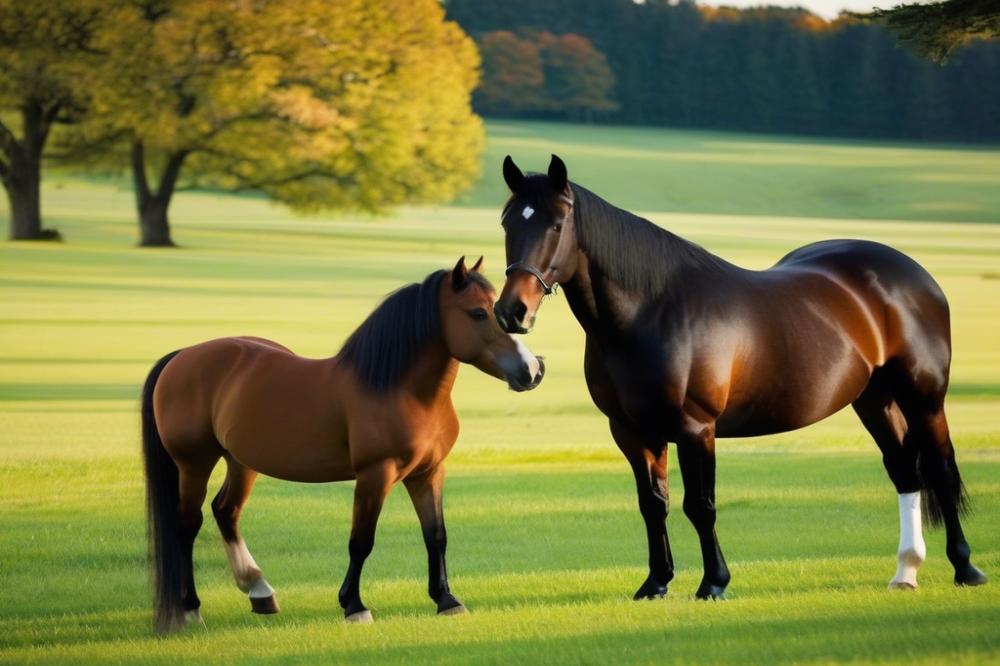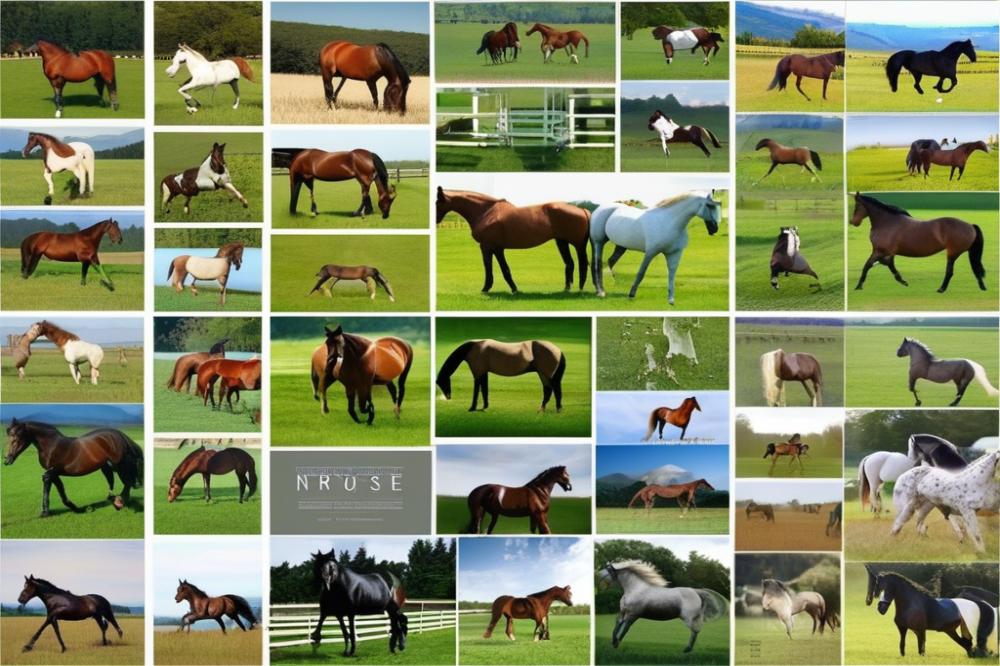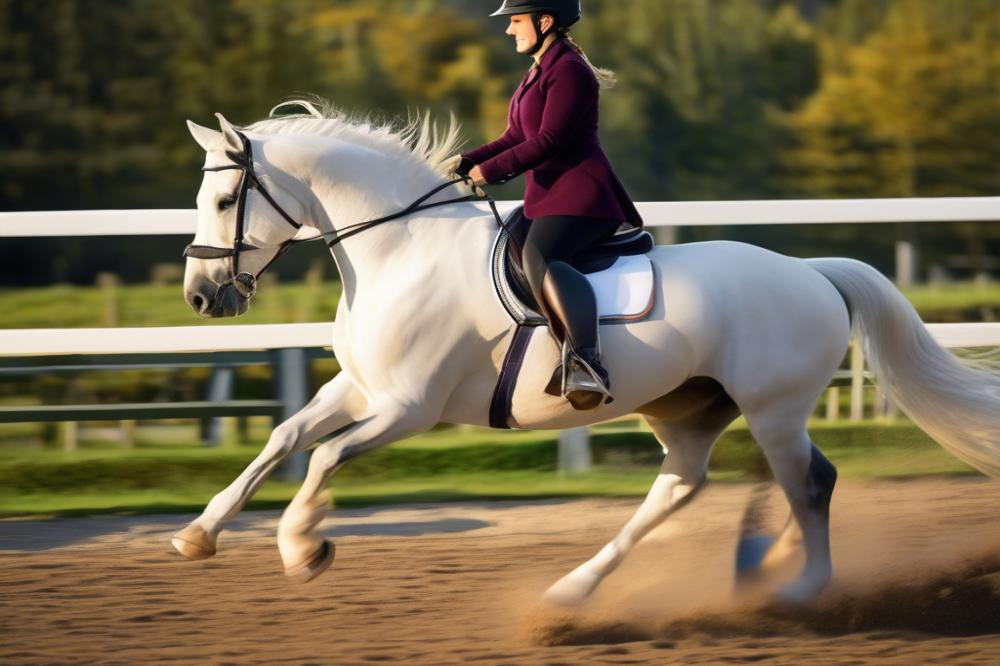Introduction
Horse health plays a vital role in the overall performance and longevity of these magnificent animals. A fit horse is not only more energetic but also less prone to illness and injury. Proper care and management of their health should be a top priority for every horse owner.
Physical fitness holds significant importance for wellbeing. Horses must develop strength and stamina to meet the demands of different activities, whether it’s competing, working, or simply enjoying leisure rides. Neglecting their physical needs can lead to issues that affect not only their performance but also their happiness.
Exercise is a key factor in maintaining equine health. Regular horse exercise helps to build muscle, improve cardiovascular health, and maintain a healthy weight. Many horse owners recognize that a well-exercised horse tends to have better behavior and focus. Therefore, integrating an appropriate exercise routine into a horse’s life can lead to remarkable benefits.
Understanding equine fitness

equine fitness defines how well a horse can perform physical activities. Factors that influence this include age, breed, and overall health. Effective exercise helps maintain and improve this state of being. A horse that is fit can run, jump, and work without excessive fatigue.
Exercise plays a significant role in a horse’s health. Regular movement helps strengthen muscles and improves cardiovascular health. When horses are active, their bones also become stronger. Moreover, exercise supports mental wellbeing. A horse that exercises regularly tends to be happier and more relaxed. This can reduce stress and anxiety.
Connections exist between exercise and metabolism, the process by which the body converts food into energy. An active horse typically has a more efficient metabolic system. Regular workouts can help regulate weight and maintain a healthy body condition. Horses that are not exercised often may face issues such as obesity and poor circulation. Active horses also show improved digestion, which aids nutrient absorption. This is essential for overall vitality.
Types of Exercise for Horses

Horses require various types of exercise to maintain their fitness. Each activity serves a specific purpose in their training and overall health. Riding is one of the most common forms. Under saddle, horses engage in different gaits like walk, trot, and canter, which helps develop their coordination and muscle strength.
Lunging provides an alternative way to work horses without a rider. During lunging, a horse moves in a circle on a long line, allowing for controlled movement and exercise. This activity promotes balance and helps strengthen the horse’s core muscles.
Turnout is another essential part of equine exercise. It allows horses to roam freely in a paddock or pasture. This unstructured playtime is crucial. It satisfies their natural instincts and helps maintain mental well-being while building stamina and muscle tone.
Long lining is a technique that combines aspects of both lunging and riding. Two long reins are attached to the horse’s bridle, enabling the handler to guide the horse from the ground. This method is unique. Horses can learn complex movements and enhance their responsiveness through long lining.
Incorporating a variety of training methods can significantly benefit your horse. Different exercises stimulate different muscle groups. This varied regimen also prevents boredom, encouraging a more engaging experience for both horse and rider. Muscles thrive under a balanced mix of activities.
Conditioning plays a vital role in creating muscle tone. Regular and well-structured training increases a horse’s stamina over time. Just like athletes, horses need progressive workouts to build strength and endurance. Gradually increasing exercise intensity ensures optimal fitness levels.
Understanding the importance of diverse workouts is crucial. Not only does it keep horses physically fit, but it also promotes their emotional health. Happy horses are more willing to engage in training. Offering them a range of exercise options can contribute to their overall happiness and well-being.
Benefits of Regular Exercise
Improvement in Joint Health and Mobility
Regular exercise significantly contributes to the health of a horse’s joints. Movement aids in maintaining proper joint function and can prevent stiffness. Well-conditioned horses often show increased flexibility and range of motion. Additionally, muscle strength gained from exercise supports the ligaments and tendons surrounding the joints. This support decreases the risk of injuries, which is crucial for active horses.
Impact on Overall Stamina and Performance in Equestrian Activities
Stamina is essential for any horse engaged in athletic pursuits. Consistent exercise builds endurance, which directly enhances performance in competitions and leisurely rides. Horses that are fit can handle more rigorous training sessions without fatigue. Such conditioning allows them to excel in jumping, dressage, and other disciplines. Their ability to maintain energy during activity can be improved with a proper exercise routine.
Enhancement of Mental Wellbeing and Reduction of Behavioral Issues
Exercise plays a vital role in a horse’s mental health. Regular physical activity can reduce stress and anxiety. This is especially important for horses that may become bored or anxious in the absence of stimulation. A tired horse is often a more content horse. Engaging in consistent routines offers both mental and physical challenges, which can lead to fewer behavioral problems. Owners will notice that happy, active horses are less likely to exhibit undesirable behaviors.
Creating an Effective Exercise Routine
When developing a training program for horses, multiple factors come into play. Owners should consider the horse’s age, breed, and fitness level. These aspects influence how much exercise a horse can handle without overexertion. Individual preferences also matter. Some horses may enjoy certain activities more than others.
Balancing Intensity and Duration for Optimal Conditioning
Finding the right mix of intensity and duration is crucial for a successful routine. Short bursts of high-energy activities can build strength and speed. However, long, steady workouts improve endurance. Combining both types can maximize fitness gains while reducing the risk of injury. Adjusting this balance as a horse progresses can lead to better overall health.
Importance of Monitoring and Adjusting Routines for Individual Horse Needs
Regular monitoring of a horse’s response to exercise is essential. Observing changes in behavior or physical condition helps owners make informed adjustments. Some horses may need more rest days to recover, while others thrive on more activity. Keeping records of training sessions can assist in tracking progress. Adaptability is key in developing a lifelong fitness regimen for a horse.
Potential Risks and Precautions
Common exercise-related injuries in horses
Horses face various risks when they exercise. Injuries can occur suddenly or develop over time. Strains and sprains are among the most frequent. Soft tissue injuries often happen when they push themselves too hard. Lameness may signal underlying conditions, ranging from sore muscles to more severe joint issues. Fractures, while less common, can result from accidents or falls. Pay attention to how a horse moves. Any sign of discomfort during or after exercise can be a cause for concern.
Best practices to prevent injuries during training
Prevention is key when it comes to keeping horses fit. Incorporating a proper warm-up routine can reduce injury risks. Gradually increasing the intensity of workouts is wise. Sudden changes in activity levels can stress a horse’s body. Provide appropriate footing in training areas to minimize slipping. Regular hoof care is also important for overall health. Make sure saddles and equipment fit correctly to avoid discomfort. Consistent, balanced training plans can help maintain a horse’s condition.
Signs that indicate a horse may need exercise adjustments
Observing a horse’s behavior is crucial for proper adjustments. If a horse shows reluctance to move or resists exercise, it may signal tiredness or discomfort. Changes in appetite could also indicate physical stress. Look for any stiffness after workouts; it might be a red flag. Increased sweating without a clear cause can be concerning. If a horse often appears anxious or is easily startled, re-evaluating its training routine is advisable. Listening to what the horse communicates is essential for its well-being.
Final Thoughts on Exercise for Horses
Summary of Exercise Benefits for Equine Fitness
Exercise plays a crucial role in keeping horses fit and healthy. Regular activity improves cardiovascular health, strengthens muscles, and enhances flexibility. A well-exercised horse is not only physically strong but also mentally stimulated. Engaging in different types of training can prevent boredom and encourage social interactions. A horse that stretches its legs often feels happier and more content in its surroundings.
Encouragement for Horse Owners
Owners should prioritize regular exercise as an essential part of their horse’s routine. Creating a structured plan that includes riding, lunging, or simple turnout can lead to significant benefits. Many horse owners may not realize how simple activities can lead to overall better health. It is important to remember that every horse has unique needs. Finding the right balance of activity is key to maintaining enthusiasm and energy in horses.
The Role of Exercise in Promoting Equine Health
In conclusion, prioritizing exercise cannot be overstated. It is a foundation for physical fitness and emotional well-being. Horses thrive when their minds and bodies are stimulated. So, consider incorporating more varied training sessions into your routine. Whether it is exploring new trails or engaging in groundwork, the opportunities are endless. Ultimately, a consistent exercise regimen is vital for the long-term health of any horse. Keeping this in mind will not only benefit the horse but strengthen the bond between horse and owner.



